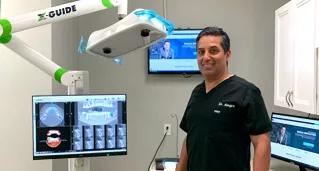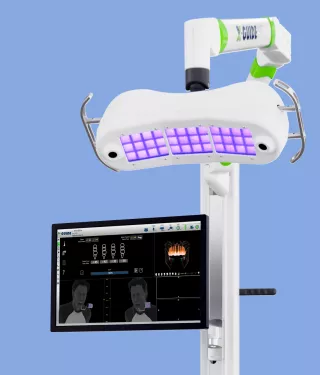
X-Guide®
Dynamic 3D navigation
Freehand surgery with real-time 3D guidance of your drills and implants.
Make same-day teeth a reality for more patients
Scan your patient, plan treatment, and perform surgery in just one single visit. Dynamic surgery offers the benefits of guided surgery without the need for surgical templates.
Real-time, 3D guidance
Interactive, turn-by-turn guidance
High accuracy
Allows direct visualizaiton of the surgical site at all times2,3,4
High flexibility1
Offers the benefits of guided surgery without the need for surgical templates
X-Guide - like a GPS for your drills and implants
X-Guide is a dynamic 3D navigation system that delivers real-time interactive guidance of drill position during surgery, giving you the ability to improve the precision and accuracy of implant POSITION, ANGLE and DEPTH.
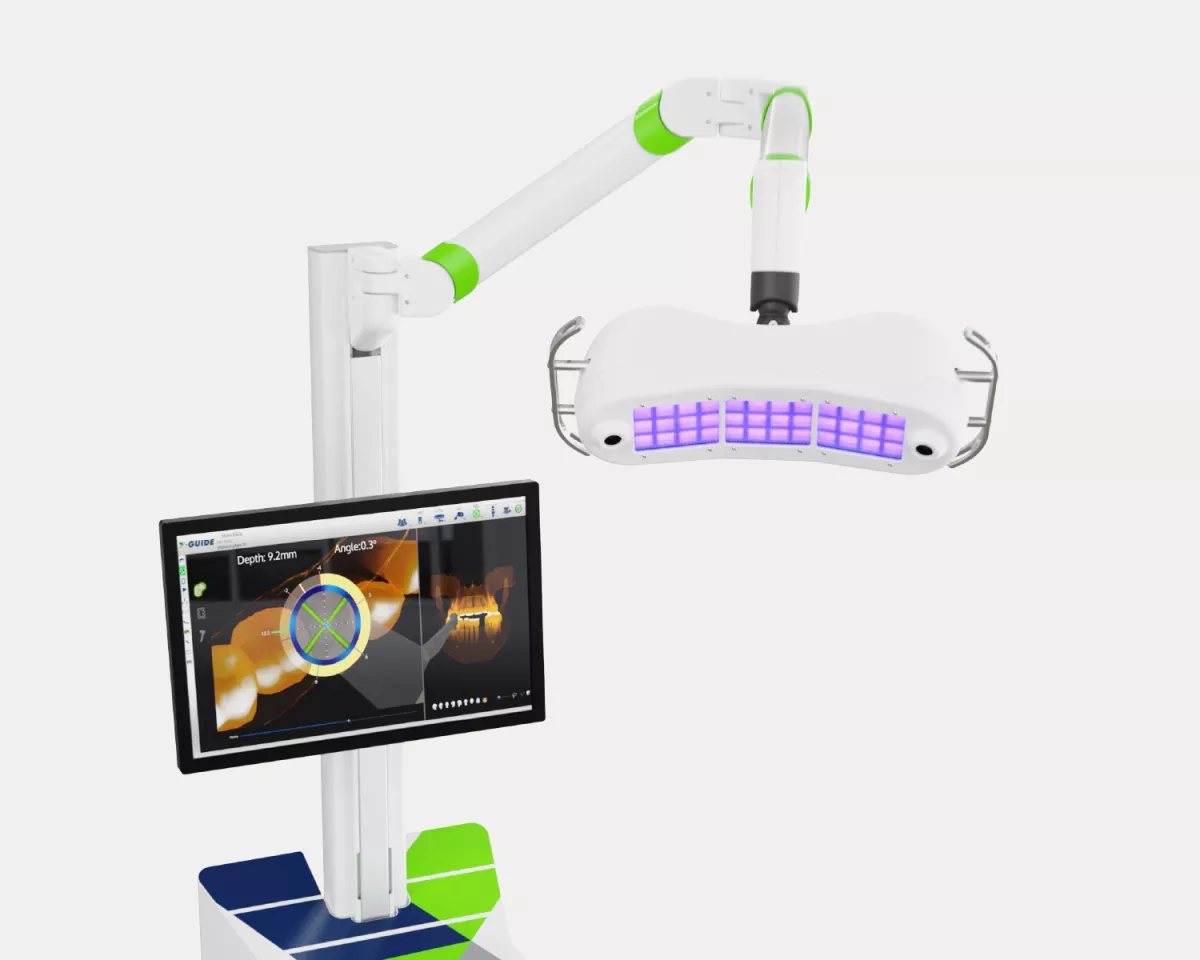
X-Point technology
Patented X-Point technology displays position, angle, and depth on a single target. This makes it easy to look a the screen and concentrate on one dynamic focus point to assist in precisely guiding the surgical implant.
Long boom arm
1.75 m arm so the base unit can be out of your way and still allow the cameras to reach the patient.
Blue-OptiX technology
X-Guide filters out light interference to ensure tracking consistency during navigation. No radiation.
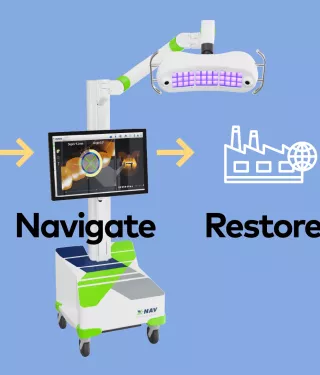
Questions about X-Guide?
If you would like additional information, more details, or have specific questions about X-Guide, click the link below.
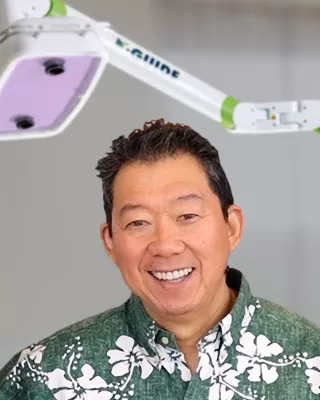
Incorporating dynamic 3D navigation into your practice
with Paul K. Tanaka, DDS
-
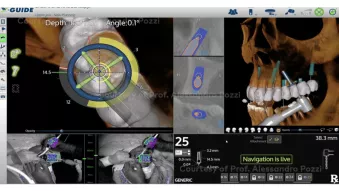 Full-arch immediate loading in the maxilla and single molar in the mandible
Full-arch immediate loading in the maxilla and single molar in the mandibleClinician: Dr. Alessandro Pozzi
“X-Guide is amazing. I can perform procedures confidently without looking directly in the patient’s mouth, ensuring consistent and safe outcomes. This technology has rekindled my passion for dentistry and allows me to provide better results for my patients.”

Scan, plan, place, and provisionalize full-arch cases in just half a day.
A new addition to the X-Guide digital workflow designed for full-arch cases. With FastMap, you can accurately map the final implant position and automatically register your 3D plan with the corresponding anatomy – all directly within X-Guide.
-
 DTX Studio™
DTX Studio™From diagnostics, to treatments to collaboration and follow-up. For your entire team, for your patients.
-
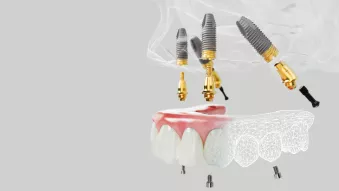 All-on-4® treatment concept
All-on-4® treatment conceptLife-changing treatment - a new smile in a day.
-
 NobelProcera®
NobelProcera®Precision-engineered and manufactured solutions worthy of your reputation.
-
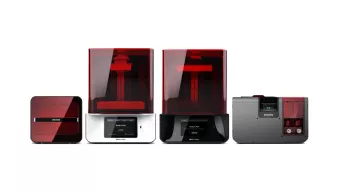 SprintRay
SprintRayDeliver cutting-edge 3D printing solutions for implant dentistry.
-
 Digital Dentistry
Digital DentistryFrom scanning with DEXIS™ IOS, planning with DTX Studio™ Clinic, placing implants with X-Guide® 3D navigated surgery and printing restorations with SprintRay, Nobel Biocare offers a complete suite of digital implant dentistry solutions.
References
See Instructions For Use for full prescribing information, including indications, contraindications, warnings and precautions.
- Note: There is a learning curve to achieve full proficiency. Block MS, Emery RW, Lank K, et al. Implant placement accuracy using dynamic navigation. Int J Oral Maxillofac Implants. 2017;32(1):92-99.
Read on PubMed - Block MS, Emery RW, Cullum DR et al. Implant placement is more accurate using dynamic navigation. J Oral Maxillofac Surg. 2017;75:1377-1386.
Read on PubMed - Note: While the mean deviations for X-Guide are lower than those of freehand or of any other dynamic guidance system, no statistical inference is attempted in this study. Emery RW, Merritt SA, Lank K, et al. Accuracy of dynamic navigation for dental implant placement - model-based evaluation. J Oral Implantol. 2016;4(5):399-405
Read on PubMed
